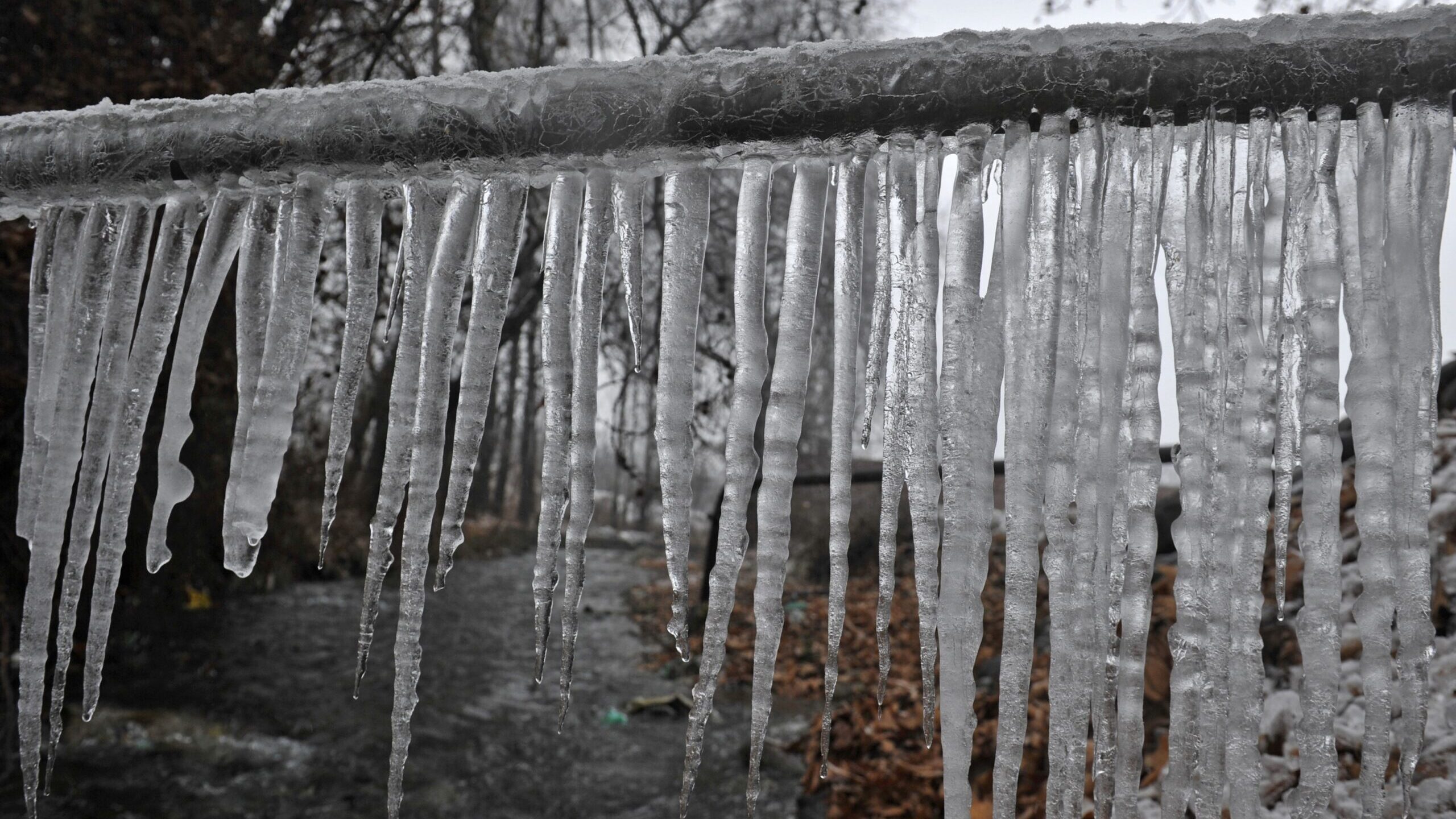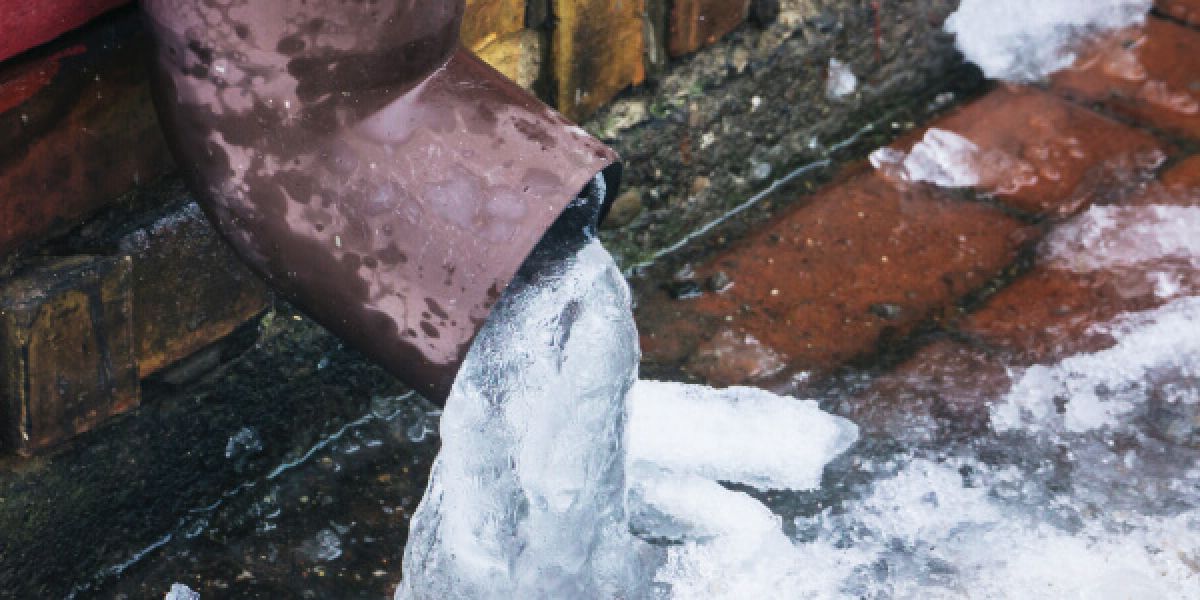The author is making a few great pointers on How To Avoid Freezing Pipes overall in the article further down.

Cold weather can damage your plumbing, particularly by freezing pipelines. Here's exactly how to stop it from taking place and what to do if it does.
Intro
As temperature levels decrease, the danger of icy pipes increases, potentially resulting in pricey repairs and water damages. Understanding how to avoid frozen pipes is important for homeowners in cold environments.
Recognizing Frozen Pipes
What triggers pipelines to freeze?
Pipes freeze when subjected to temperature levels below 32 ° F (0 ° C) for expanded durations. As water inside the pipelines freezes, it increases, taxing the pipe wall surfaces and possibly triggering them to burst.
Dangers and problems
Frozen pipes can cause water supply disruptions, home damages, and pricey fixings. Burst pipes can flooding homes and cause considerable structural damages.
Indications of Frozen Piping
Recognizing frozen pipelines early can prevent them from rupturing.
Just how to determine icy pipes
Search for decreased water flow from faucets, unusual smells or sounds from pipelines, and visible frost on exposed pipelines.
Avoidance Tips
Protecting prone pipelines
Wrap pipelines in insulation sleeves or use warm tape to protect them from freezing temperatures. Focus on pipes in unheated or external areas of the home.
Home heating methods
Keep interior rooms effectively warmed, particularly areas with pipes. Open up cupboard doors to permit warm air to flow around pipelines under sinks.
Shielding Outside Pipes
Yard hoses and exterior taps
Separate and drain pipes garden hoses prior to wintertime. Mount frost-proof spigots or cover outside faucets with shielded caps.
What to Do If Your Pipelines Freeze
Immediate actions to take
If you think frozen pipes, maintain taps open up to relieve pressure as the ice thaws. Make use of a hairdryer or towels soaked in warm water to thaw pipes slowly.
Long-Term Solutions
Structural adjustments
Think about rerouting pipelines far from outside walls or unheated locations. Include added insulation to attic rooms, cellars, and crawl spaces.
Upgrading insulation
Buy premium insulation for pipelines, attic rooms, and wall surfaces. Appropriate insulation assists keep regular temperatures and decreases the risk of icy pipes.
Verdict
Stopping frozen pipes needs proactive measures and quick feedbacks. By comprehending the reasons, signs, and safety nets, property owners can shield their pipes throughout winter.
6 Proven Ways to Prevent Frozen Pipes and Protect Your Home
Disconnect and Drain Garden Hoses
Before winter arrives, start by disconnecting your garden hoses and draining any remaining water. Close the shut-off valves that supply outdoor hose bibs and leave the outdoor faucet open to allow any residual water to drain. For extra protection, consider using faucet covers throughout the colder months. It’s also important to drain water from any sprinkler supply lines following the manufacturer’s directions.
Insulate Exposed Pipes
Insulating your pipes is an effective way to prevent freezing. Pipe insulation is readily available at home improvement stores and is relatively inexpensive. Pay close attention to pipes in unheated areas such as the attic, basement, crawl spaces, or garage. Apply foam insulation generously to create a buffer against the cold. You can also wrap your pipes in heat tape or thermostat-controlled heat cables for added warmth.
Seal Air Leaks
Inspect your home for any cracks or openings that could let in cold air. Seal any holes around the piping in interior or exterior walls, as well as the sill plates where your home rests on its foundation. Additionally, make sure to keep your garage door closed unless you’re entering or exiting. Leaving it open creates a significant air leak that can lead to frozen pipes.
Allow Warm Air Circulation
During cold snaps, it’s essential to allow warm air to circulate evenly throughout your home. Leave interior doors ajar to promote better airflow. Open kitchen and bathroom cabinets to help distribute heat consistently around the rooms. If you have small children or pets, be sure to remove any household chemicals or potentially harmful cleaners from open cabinets for safety.
Let Faucets Drip
A small trickle of water can make a big difference in preventing ice formation inside your pipes. When temperatures drop significantly, start a drip of water from all faucets served by exposed pipes. This continuous flow helps prevent the water from freezing. Additionally, running a few faucets slightly can relieve pressure inside the pipes, reducing the chances of a rupture if the water inside does freeze.
https://choateshvac.com/6-proven-ways-to-prevent-frozen-pipes-and-protect-your-home/

As an enthusiastic reader on How to Prevent Your Pipes From Freezing, I imagined sharing that excerpt was smart. Enjoyed reading our entry? Please share it. Let other people check it out. I am grateful for your time. Come back soon.
Instant Quote
Comments on “Ways to Safeguard Your Plumbing from Freezing: Critical Strategies”